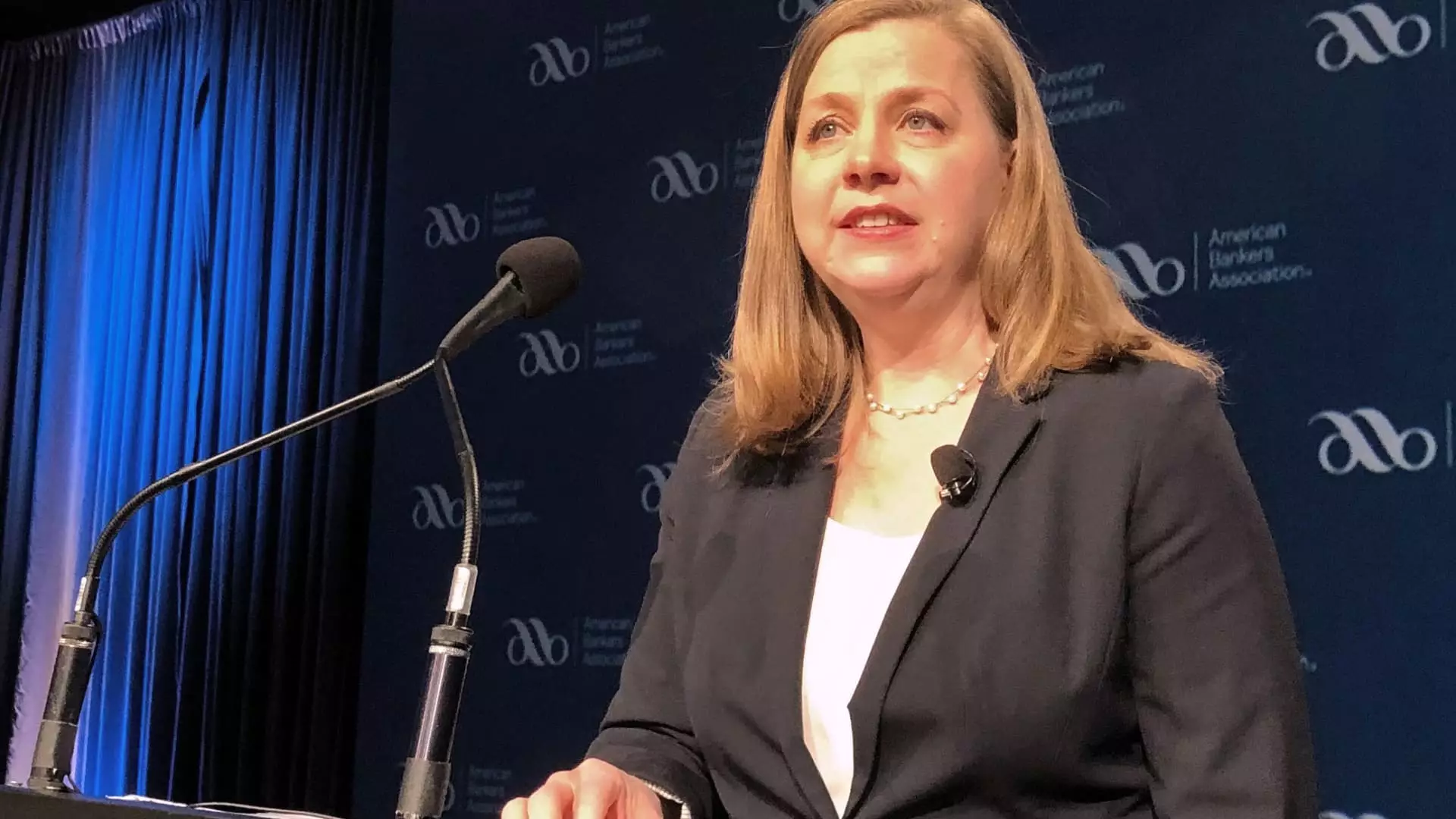In a recent speech addressing the American Bankers Association, Federal Reserve Governor Michelle Bowman articulated a cautious optimism regarding the state of monetary policy in the United States. She emphasized that while the prevailing fiscal framework appears stable, it is critical to remain vigilant and responsive to emerging data related to inflation. This sentiment echoes the prevailing need for a measured approach in navigating economic fluctuations.
Bowman’s assertion that monetary policy is “now in a good place” signals a recognition of the Federal Reserve’s recent efforts to stabilize the economy. However, she remains steadfast in her desire for concrete evidence of sustained progress on inflation before endorsing any further reductions in interest rates. This nuanced position underscores the complexity of economic management in an ever-changing global landscape.
One of the key points raised by Bowman in her address was the persistent inflationary pressures tied to core goods prices. Since last spring, there has been a notable rise in these prices, which has hindered more significant progress in controlling inflation levels. Despite her expectation for a decline in inflation rates throughout the year, Bowman’s caution reflects a broader recognition that the process of disinflation may take longer than anticipated.
The inclusion of recent consumer price index (CPI) data amplifies the urgency of her remarks. The January CPI revealed an increase of 0.5% month-over-month, exceeding forecasts. This uptick has further complicated the Federal Reserve’s stance on interest rate adjustments, as the annual inflation rate now hovers at 3%, defying predictions of a more favorable 2.9% target. Bowman’s insistence on observing inflation data closely before making significant policy shifts encapsulates her prudent approach to economic governance.
Bowman’s concerns extend beyond inflation rates to include the dynamics of the labor market, which she views as a critical variable influencing price stability. The strength of the labor market poses significant risks, contributing to inflationary pressures. As companies compete for a limited pool of workers, wage growth can further exacerbate inflation, leading to a self-reinforcing cycle that is challenging to break.
In light of these intricacies, Bowman’s strategy emphasizes the need for a refined assessment of economic indicators. By maintaining current interest rates within the 4.25% to 4.5% range, the Federal Reserve is positioned to monitor economic activities closely and gauge the impact of governmental policies on the economy.
Concerns regarding international trade, particularly the tariffs imposed by former President Donald Trump, have also emerged as significant factors influencing the economic outlook. These tariffs have sparked apprehensions about escalating prices, thereby complicating the inflation landscape further. As the Federal Reserve contemplates the potential for interest rate cuts in the coming years, it must weigh the implications of trade policies carefully.
As policymakers navigate these challenges, they must balance immediate economic indicators with longer-term implications. Governor Bowman’s emphasis on patience reflects a commitment to informed decision-making, ensuring that monetary policy is responsive yet cautious in the face of a volatile global economic climate.

Leave a Reply